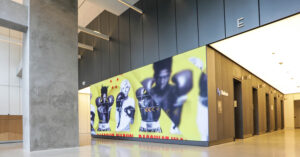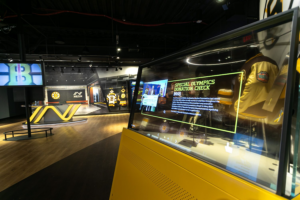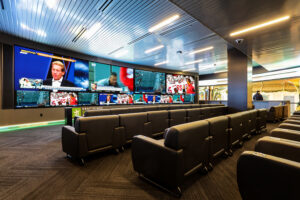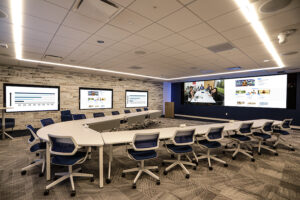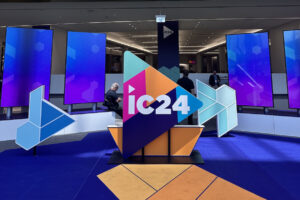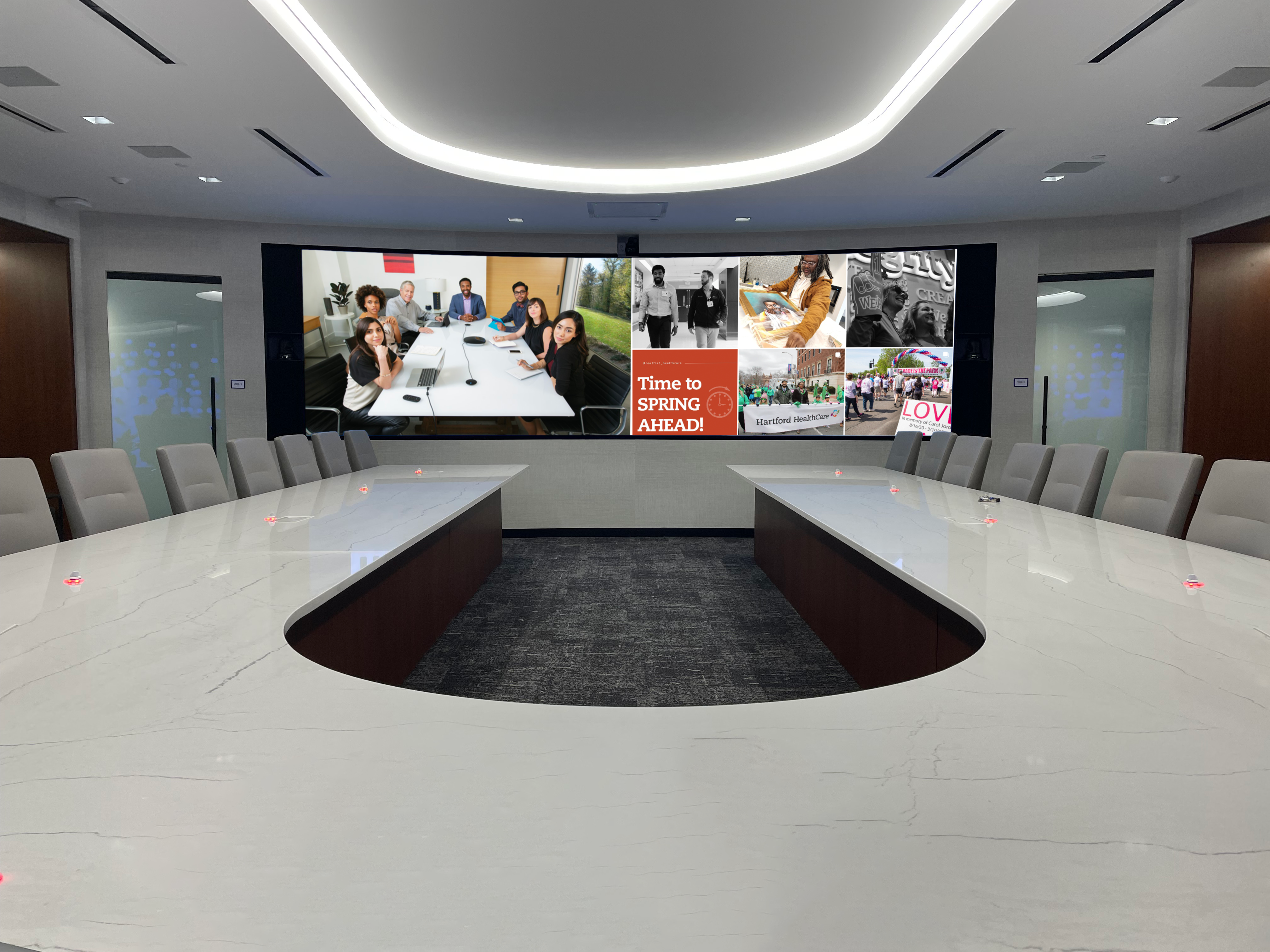
Creating Inclusive and Productive Meeting Environments
While many organizations were only introduced to remote work and meetings quite recently, the reality is that video conferencing and unified communication platforms had already been in use for many years, and the technology was more than ready for prime time. After getting their chance to shine four years ago, new work models quickly evolved and the technology was forced to adapt just as fast.
As companies in Edison, NJ, and nationwide cope with new hybrid work models with staff in the office and remote, one of the biggest challenges has been to create spaces that are not only equipped with the latest technology but also equitable in the experience they offer. This blog examines the intricacies of conference room design that cater to the hybrid workplace, ensuring every voice is heard and every participant is seen.
SEE ALSO: The Digital Workplace: The User Experience and the Realities of Different Spaces
The Challenges with Hybrid Meeting Spaces
In modern corporate collaboration, the hybrid meeting space presents unique challenges. Achieving a balance where in-person and remote participants can equally contribute requires strategic conference room design. This balancing act cannot be performed by technology alone; the space itself must be rethought to foster an environment where distance is no longer a barrier to full engagement. The design process must consider the nuances of sightlines, sound clarity, and technology accessibility to ensure inclusivity.
Meeting Inclusivity
Creating an inclusive experience for remote participants is crucial in modern conference room design. The goal is to replicate the engagement of in-person interaction for those joining virtually. This includes ensuring visual and auditory accessibility, providing tools for active participation, and fostering a sense of presence for remote team members. The design must address potential feelings of isolation by seamlessly integrating technology that facilitates a two-way dialogue, ensuring remote participants can both speak and be heard without barriers.
Interactive Engagement Tools
Today’s hybrid meetings necessitate audio and video solutions that cater to both virtual and in-person attendees. Conference room design must integrate high-definition cameras and microphones that capture every participant, coupled with displays that bring remote colleagues into the room. Solutions like soundbars with beamforming microphones are effective in smaller spaces, while larger rooms may require ceiling arrays or strategically placed omnidirectional mics for clear audio capture. The visual aspect should not be neglected—large screens or video walls ensure remote participants are as visible as those seated at the table. Incorporating digital whiteboards into conference room design is key for interactive and collaborative hybrid meetings. These tools allow for real-time sharing and annotation of content, bridging the gap between remote and in-person team members.
Equitable Room Design
Modern conference room design must adapt to the demands of hybrid meetings, aiming to provide an equitable experience for all participants. The room layout plays a pivotal role, with arc-shaped seating arrangements ensuring that both in-room and remote teams can clearly see each other. Integrating advanced video conferencing technology, such as cameras that frame in-room participants and microphones that pick up clear audio from every corner, helps in mimicking the natural flow of a traditional meeting. Such designs consider acoustics and sightlines to ensure each participant feels equally engaged and valued.
The Importance of Audio
Achieving clear audio in conference rooms involves meticulous microphone placement and room acoustics planning. Advanced solutions, such as microphone ceiling arrays or omnidirectional microphones, are strategically positioned to capture speech clearly, even in large spaces. Multiple speakers in walls and ceilings help ensure all in-room participants can hear remote attendees. Special acoustic treatments and considering materials within the room design help reduce sound decay and minimize reverberation, ensuring every word is intelligible. DSP programming of audio signals can also optimize sound quality for the room to ensure intelligible audio.
Does your organization need help with rethinking meeting spaces for hybrid teams? Let McCann Systems help. Click the live chat below, call, or fill out our online contact form. We look forward to hearing from you!
